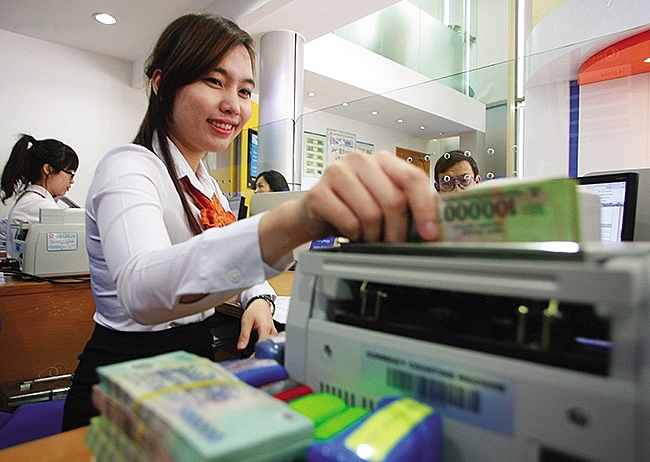Moody's: Vietnam's credit profile reflects robust growth
The credit rating agency expects that strong foreign direct investment (FDI) inflows will continue to diversify the Vietnamese economy and strengthen growth compared to similarly-rated peers, which will subsequently stabilise the government’s debt burden.
According to Moody’s, Vietnam's real GDP growth accelerated to 6.8 per cent year-on-year in 2017, topping a 6.2 per cent expansion in 2016.
“We expect real GDP growth to remain robust, averaging at 6.7 per cent in 2018, nearly twice as high as the average of 3.6 per cent for B-rated sovereigns, and supported by domestic consumption and by strong investment growth on the back of public sector infrastructure development spending,” noted Moody’s.
Rapid domestic credit growth has in part financed strong domestic demand and continues to significantly outpace nominal GDP growth. Moody’s points out that while rapid credit growth presents risks to the banking system, it could also represent a degree of financial deepening.
 |
| Despite the positive economic growth, various risks remain in the banking system |
High government debt levels and widening deficits act as a credit constraint, and as Vietnam graduates from the World Bank’s International Development Association programme, its debt affordability may erode. Nonetheless, a continued shift away from foreign currency financing indicates a deepening in domestic financial markets, which will reduce refinancing risks.
The drive to privatise SOEs—which the government refers to as equitisation—remains a key policy priority, and has gathered momentum with successful stake sales in large SOEs.
Upward rating pressures could come from the passage of concrete measures that lead to a significant reduction in the government’s debt burden and a further strengthening in the banking system and SOE sector that significantly diminishes contingent risks to the government and lowers macro-financial risks that could stem from boom-bust cycles.
Downward pressures could come from a re-emergence of macroeconomic instability leading to higher inflation, a rise in debt servicing costs, and/or a deterioration in the country's external payments.
In addition, the downward pressures could also arrive from a material and durable weakening in economic growth compared with rated peers or a sizeable crystallisation of contingent risks from either the banking system or the SOE sector.
What the stars mean:
★ Poor ★ ★ Promising ★★★ Good ★★★★ Very good ★★★★★ Exceptional
Related Contents
Latest News
More News
- Ho Chi Minh City hits $8.37 billion in FDI (December 29, 2025 | 08:28)
- Tax sector wraps up 2025 and sets priorities for next year (December 25, 2025 | 14:00)
- Heavy industries set for pilot greenhouse gas quotas (December 25, 2025 | 10:00)
- $250 million deal targets women-owned SMEs, sustainable agriculture (December 22, 2025 | 17:40)
- UOB sees Vietnam growth easing in fourth quarter (December 22, 2025 | 17:39)
- Government moves to establish International Financial Centre (December 21, 2025 | 21:00)
- Vietnam's IFC to target global investment flows (December 21, 2025 | 18:00)
- Ha Tinh breaks ground on major Vingroup industrial and energy projects (December 19, 2025 | 18:24)
- EVN launches major power infrastructure projects nationwide (December 19, 2025 | 18:17)
- VAL inaugurates second production line to meet domestic animal feed demand (December 19, 2025 | 16:37)

 Tag:
Tag:





















 Mobile Version
Mobile Version